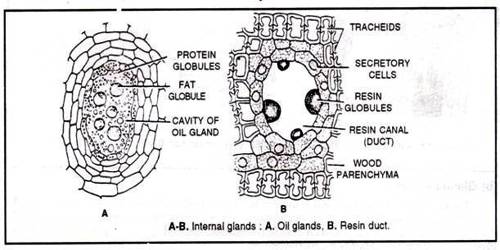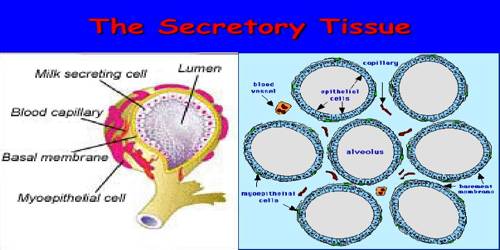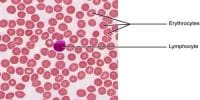Secretory tissue: Secretoy tissues are those tissues, which secrets various liquids, Resins, gums, rubber etc. are composed from secretory tissues. Secretory tissues happen in most vascular plants. Some of these tissues, such as hydathodes, salt glands and nectaries, secrete unmodified or only slightly modified substances supplied directly or indirectly by the vascular tissues.
Therefore, only one term secretion is generally used to describe the various processes by which individual cells or multicellular structures perform any of the functions mentioned below.
- Remain alive and discharge their products outside the plant body or into special nonliving ducts or cavities within the plant body.
- Undergo lysis and rupture, releasing their contents, often into a duct.
- Store the product within the living cell or between protoplast and wall of the cell.

They are of two types: Laticiferous tissues and Glandular tissues.
Laticiferous tissue: Latex is a white, yellow or colourless liquid Carbohydrates, protein, gums, and fats etc. are mixed in Latex, Latex is found in various plants like;- Musa (KALA) Ficus (BOT), Hevea (RUBBER), Papiver (OPIUM), Calotropis (AKONDO), Alstonia (CHHATIM), Argement (SHIALKATA).
Glandular tissue: Honey, Enzymes, Gums, Resins, Oils etc. are generally found in the glandular tissues. These glands include some secretory or excretory products. A gland may consist of isolated cells or little group cells with or without a fundamental cavity.













